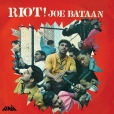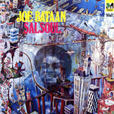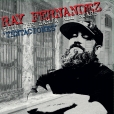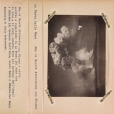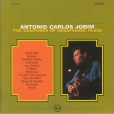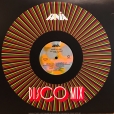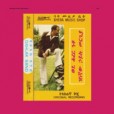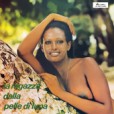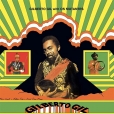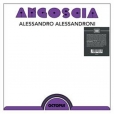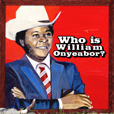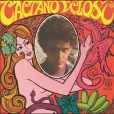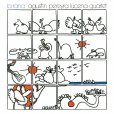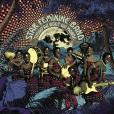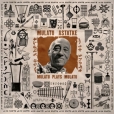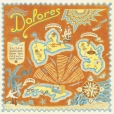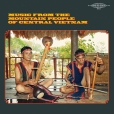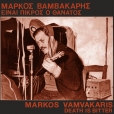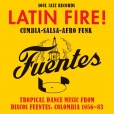Your basket is empty

With delirious Latin jazz dancers like Latin Strut and Aftershower Funk… and a Spanish-language version of Ordinary Guy.
Legendary Joe Clausell mixes.
From 1971, A Guitar in the Foreground is Rosinha’s best record. Classic, chilled Bossa shot through with her scintillating guitar-playing.
Check this version of Summertime for her instrumental virtuosity. (Tyler, the Creator burglarised it for Tomorrow, on Chromakopia.)
AA is the close collaborator of Ennio Morricone. He’s worked with Bruno Nicolai, Nino Rota, Franco Micalizzi, Francesco De Masi… He says he wrote the Muppet Song (and that Piero Umiliani nicked his royalties). He whistled for Fellini.
Originally released by Octopus in 1975, Angoscia catches him at his creative peak.
Twelve enactments of mental distress. Anguish, dismay, desperation, uncertainty, pride, resignation, frustration, desolation, agony, prostration, obsession and — finally — fear.
Arnold Schoenberg’s in the house.
A barrel of laughs, then; warmly recommended.
Soulful, rootical early set from the great man, with rich, brilliant backing from percussionists Trio Mocoto.
A mix of overlooked gems and local boomshots from the cassette tape scene in Libya, during the late 80s to early 2000, when independent artists relied on makeshift home studios or travelled abroad to record in Tunisia and Egypt. A judicious mash-up of boundary-pushing sounds which reflects this precariousness and nascency; also the political and cultural crossroads at which Libya found itself. North African rhythms meet Arab melodies and deep African roots. Disco and house run into gritty pop. Reggae courses through, with an unmistakable Libyan twist — not just musically, in the slowed-down cadence of traditional shaabi beats, but also culturally, taking to heart its outernational message of proud, defiant self-awareness.
Assembled by Habibi Funk with personality and love, as per; with a 32-page booklet. Another winner.
Last few box sets!
Giddying soul music from early-eighties Estonia!
A rework of I See Red by Frida, from Abba, with raw fiddle, and poetic new lyrics by Velly about camels and maidens; plus an unnerving version of Feel Like Makin’ Love.
Check it out!
‘Heady, raw, druggy songs of love, dread, hardship, and yearning, recorded in Athens between 1932 and 1936, when Markos was already a master of the bouzouki. His forceful, clean playing compliments his hoarse voice and his stunning rhythmic sensibility, the result of his years as a champion zebekiko dancer. Tracks build and spiral outward, his open-note drones and melodic lines drawing calls of ecstasy and encouragement from his fellow musicians. These recordings mark the height of rebetika, the brief period between the music’s emergence on the recording scene in the early 1930s and government censorship of all lyrics starting in 1936. During the Axis occupation there was no rebetika recording, and though Markos had some hits in the years after the war, he never again attained this level. These are the dizzying, entrancing, and heaviest works of one of the great artists of the 20th century.’
